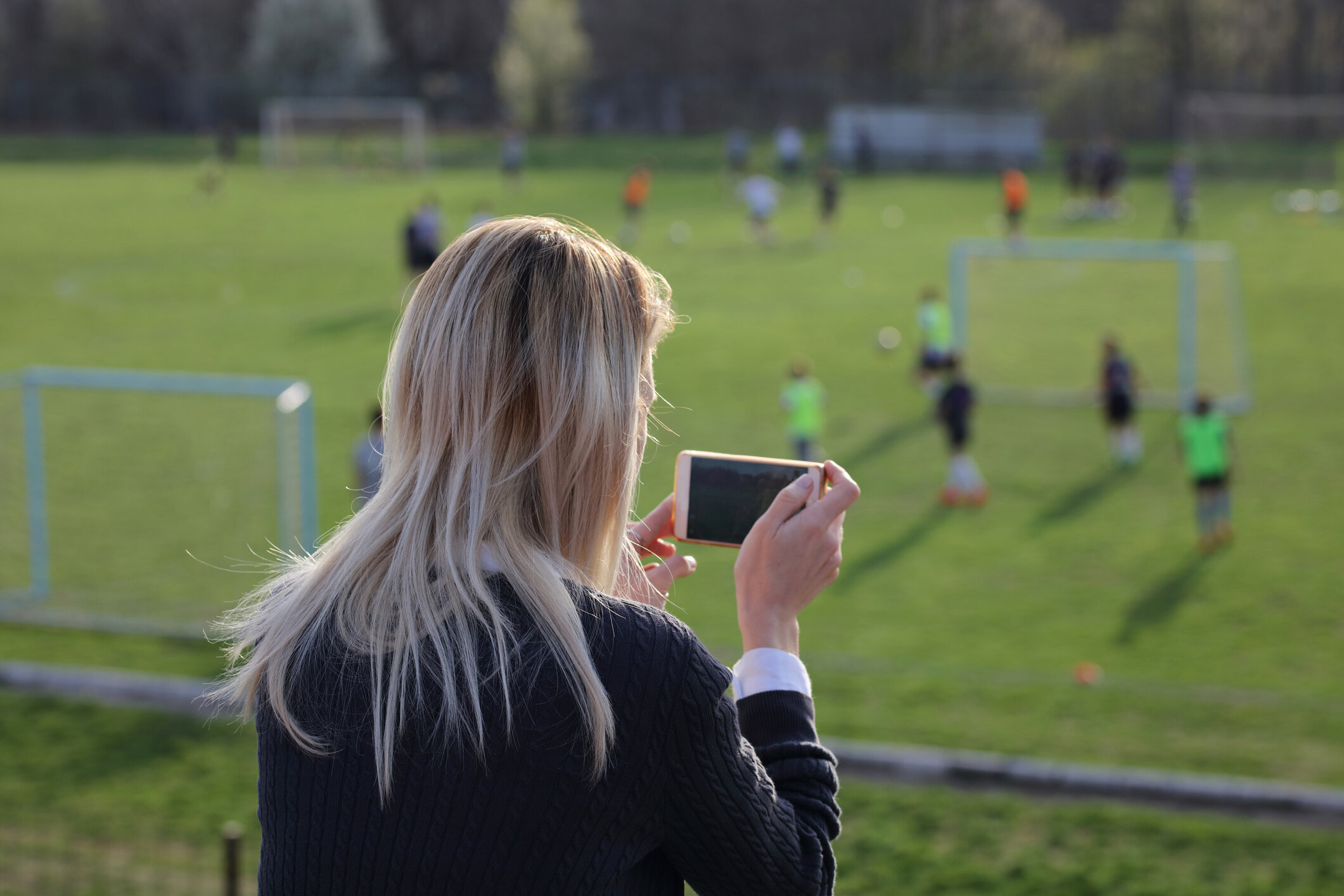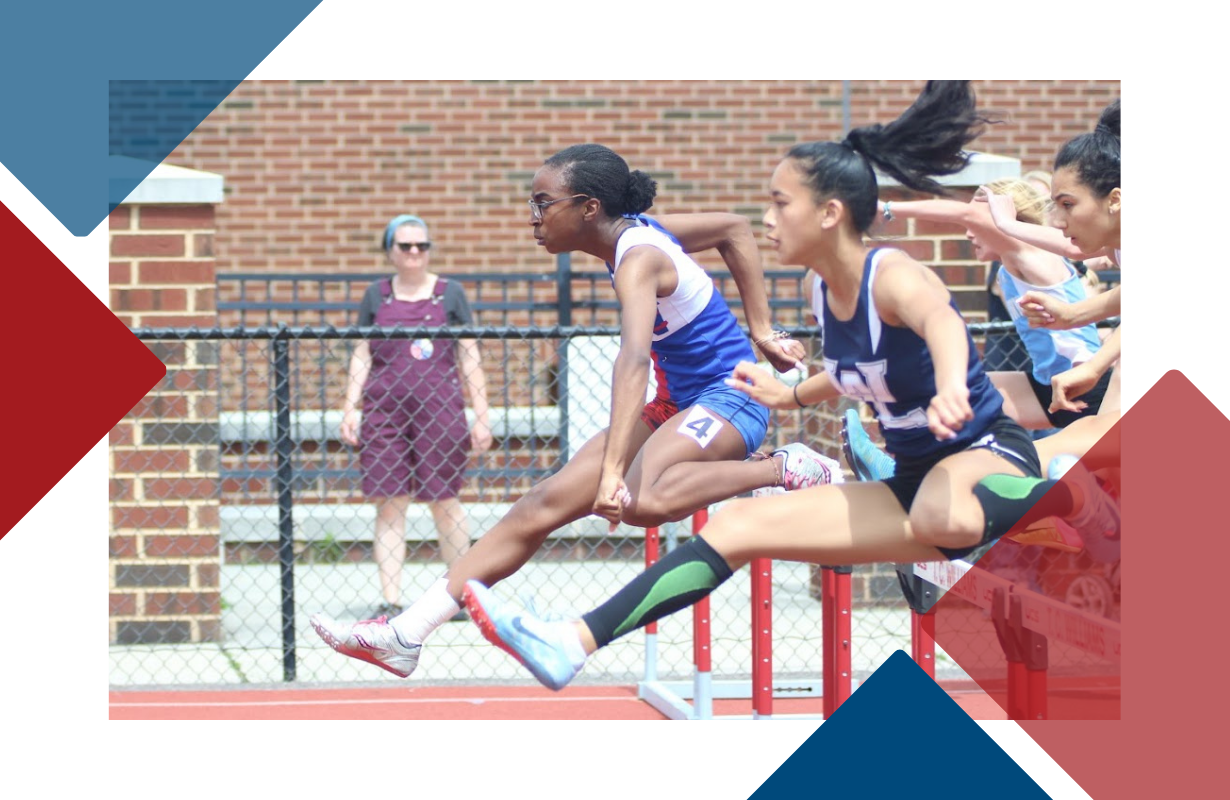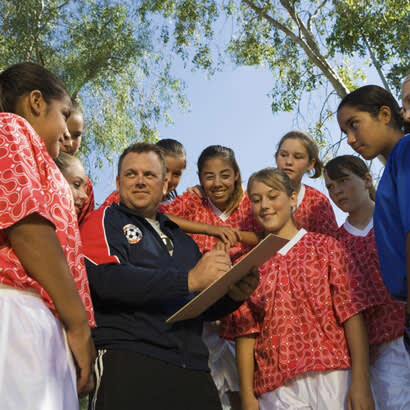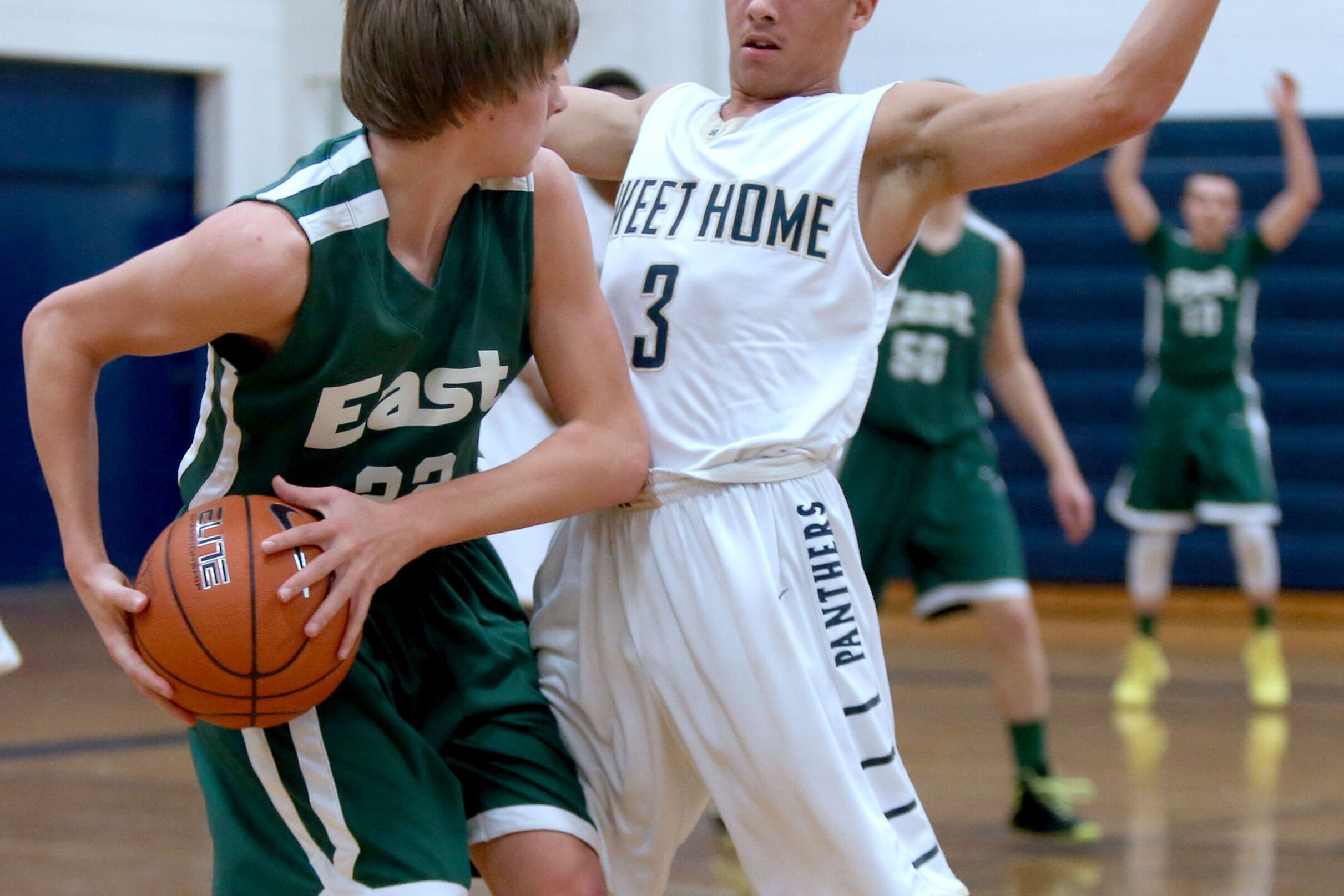As COVID-19 cases spike again in parts of the country, parents of children playing organized youth and school sports are increasingly worried about the health risks associated with their child returning to play compared to how they felt earlier during the pandemic.
Only 53% of parents expect their child to resume sports activity at the same or higher amount when current restrictions are removed, according to a new national survey by the Aspen Institute’s Project Play initiative and Utah State University. That’s down from 70% in early May from a similar survey by North Carolina State University in partnership with Project Play.
Today, only half of parents said they are extremely or slightly comfortable with their child playing community-based sports when restrictions are lifted. In early May, two-thirds of parents were comfortable with their child playing locally. And just 44% of parents now are comfortable with their child participating in travel, elite and club competitions against teams located outside their city or county, down from 52% in May.
“It is striking how quickly parents have reevaluated their priorities for their children in youth sport,” said Dr. Travis Dorsch, study director and founding director of the Families in Sport Lab at Utah State University. “Although parents held high hopes at the initial stages of the pandemic for a relatively quick return to normal, the extension of youth sport-related restrictions into the summer seems to have parents rethinking the widely accepted model of competitive youth sport in America.”
The national death toll due to the coronavirus declined from May to late June. But the virus is now accelerating through several states, notably Texas, Florida, California and Arizona. Public health officials report a surge in new cases and increases in hospitalizations and in the percentage of tests that are positive.
Project Play’s most recent survey showed six out of 10 parents view their child getting sick as a barrier to resuming sports, and five out of 10 worry they personally will become ill. Black and Asian parents expressed the greatest fear of illness. They were also the least likely to expect their child to resume sports at the same or higher amount (40% Asians, 42% Blacks, 47% Hispanics, 59% Whites). Black Americans experience the highest COVID-19 death rates – about 2.3 times higher than Whites and Asians, who have the lowest rates, according to the APM Research Lab.
Project Play’s survey of 2,603 adults, conducted online from June 1-26 as states reopened and the virus began spreading again in new areas, is a statistically representative subset of youth sport parents in the United States. Participant quotas were established based on sociodemographic grouping variables recently published by the U.S. Census Bureau as well as past research on families with one or more children actively participating in organized sports. Parents had children between the ages of 6 and 18 who play sports and represented all 50 states and Washington D.C.
In line with current national unemployment data, 12% of surveyed parents said they were out of work. Of those, 63% reported being unemployed due to COVID-19. And new data suggest that the economy may again widen the gap in sports participation opportunities, as it did after the 2008 recession.
Sixty percent of parents who make more than $100,000 annually said their child will resume sports at the same or higher level, compared to 55% making between $50,000-$99,999 and 44% earning under $50,000. The wealthiest parents reported their child spends about 2½ more hours per week in sports activities (free play, games, practices, virtual training) during the pandemic than low-income families; before COVID-19, the gap was about 40 minutes per week in favor of the wealthiest.
“It is worth noting that COVID-19-related restrictions may be further widening the gap between those without access to free play, organized training, and competitive opportunities,” said Dr. Jordan Blazo, an assistant professor at Louisiana Tech University and co-investigator on the study. “The pandemic has really highlighted income-driven disparities in access, whether that be to open play spaces, safe training facilities, or avenues through which to compete.”
Survey respondents on average reported spending $928 annually on their child’s sports participation, ranging from $0 to $64,000. Sixteen percent of parents identified family finances as the most likely reason their child will stop playing sports, behind health risks (48%) and new interests developed by the child (23%).
By far, costs (36%) are the No. 1 element of youth sports that parents have missed the least during the pandemic, followed by travel (18%), extra logistical responsibilities (15%) and time spent on the sport (15%). This may suggest that parents are ready for more affordable and local sports experiences, if they are provided a quality alternative.
Parents reported their child’s time spent on sports has fallen to about seven hours per week during the pandemic – a 48% decline from before the shutdown. High school-aged athletes have experienced the biggest decline. All youth are participating less in free play (down 32%), practices (down 60%), and games (down 67%). A recent study by the University of Wisconsin found that 65% of adolescent athletes reported anxiety symptoms in May, with 25% suffering moderate or severe anxiety. Physical activity was down 50%.
According to the Project Play survey, when kids do play now, they’re more likely to participate in individual sports, such as wrestling, skateboarding, swimming, golf, bicycling and tennis. Many of those sports and activities allow for more physical distancing than team sports, which could continue to suffer until the virus is controlled or a vaccine is developed and made widely available.
Virtual training is the one area of sports where youth are currently more involved, with a 16% increase in time spent during the pandemic. But families making under $50,000 are only seeing slight increases in virtual training compared to larger growth in this area by wealthier families.
Some sports are benefiting more than others from virtual training. Parents of wrestlers reported the largest time increase spent on online platforms since the shutdown, followed by skiing/snowboarding, gymnastics, volleyball, swimming, martial arts, ice hockey, bicycling, softball and tennis. Whereas boys spent more time on virtual training before COVID-19, now girls are using it slightly more frequently than boys.
Other findings from the survey results:
Approximately half of the parents reported that their child has participated in new recreational or sport activities during the pandemic. Of those, more than half tried two or more activities. Six out of 10 parents said they believe their child will continue with that new activity once organized sports return. This could be a sign that multisport sampling gets a boost from the shutdown – a period when kids have time to try different sports on their own terms.
Almost nine out of 10 parents rated positive physical and mental health as desirable outcomes for their child in sports. Parents’ desire for competition (62%) was ranked notably lower than all other outcomes goals, including fun, peer relationships, social skills and sport skills.
Only 19% of parents said they view their child’s lack of interest in sports since the shutdown as a barrier in them returning to play. Still, that’s slightly up from 18% in early May – and any industry that could lose 1 of its 5 existing customers faces a challenge.
Parents of youth who play tackle football reported the most sports activity before and during the pandemic. Football parents said their child spent about 18 hours a week on the sport before COVID-19 and about nine hours a week since then. Baseball, basketball and soccer youth all played less before and during the pandemic.
Parents in the Northeast reported they are significantly more likely to spend money on youth sports when restrictions are lifted than any other region. They were also more likely to suggest that their child would return at a higher participation level than before, and they expressed the most concern about their child losing interest in sports. Parents in the Midwest were least fearful of their child becoming ill by returning to sports.
Parents from the state of New York reported far more sports participation during the pandemic than three other states that are a hotbed of youth sports. New Yorkers said their children have played more than two hours a week in games during COVID-19, compared to less than 1.5 hours per week by youth in California, Florida and Texas. Prior to COVID-19, California youth spent slightly more time on games than any of the analyzed states. During the pandemic, New York youth have spent about 3.5 hours less on all sports activities (free play, virtual training, practice, games). The gap is much larger for California (6.5 hours), Florida (six hours), and Texas (slightly under six hours). The survey was taken in June, when COVID-19 cases had significantly improved in New York. However, the state did not allow low-risk youth sports to return until July 6 and only for regions in Phase 3 of reopening.
Urban youth have returned to playing games at significantly higher rates than suburban and rural kids. Prior to the pandemic, rural children spent slightly more time on games and competition than other youth. Now, urban parents reported their child spends twice as much time on games and competition (1.7 hours per week) than rural youth (0.82), though the amount of time has significantly dropped for all kids. Rural parents were more likely to be undecided about how much their child will play sports when restrictions are lifted.
“When examining our data across US region, community type, race, sex, and family income, it is apparent that the COVID-19 pandemic is being experienced differently by different subgroups across the country,” Dorsch said. “It will be important moving forward to acknowledge and address the needs of these groups as we lay out a plan to safely and responsibly bring back youth sports.”
Results of the survey, made possible with the support of the Project Play 2020 working group of leading organizations in sports and philanthropy, serve as a starting point for discourse on the state of youth sports in the U.S. during the COVID-19 pandemic. Findings will be used to guide Project Play reports and programs, including the development of Project Play’s platform for action that will be released in the fall to help mobilize stakeholders and spark innovation.
Do you have a topic that you would like Project Play to explore in future COVID-19 youth sports coverage? Email Jon Solomon at jon.solomon@aspeninstitute.org.






















